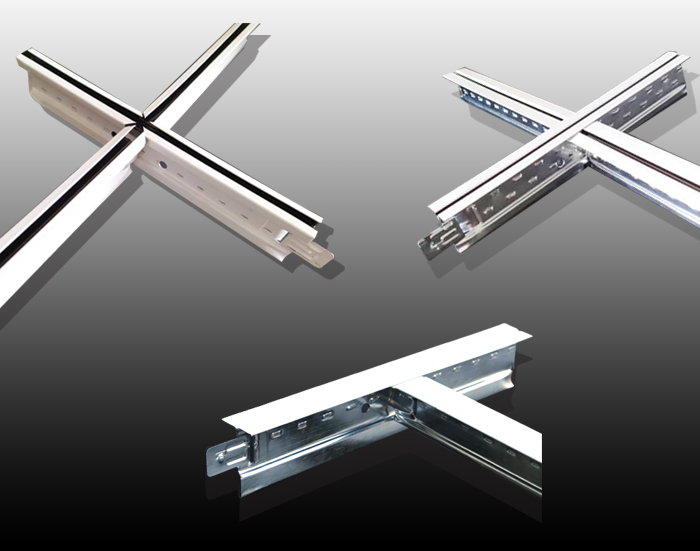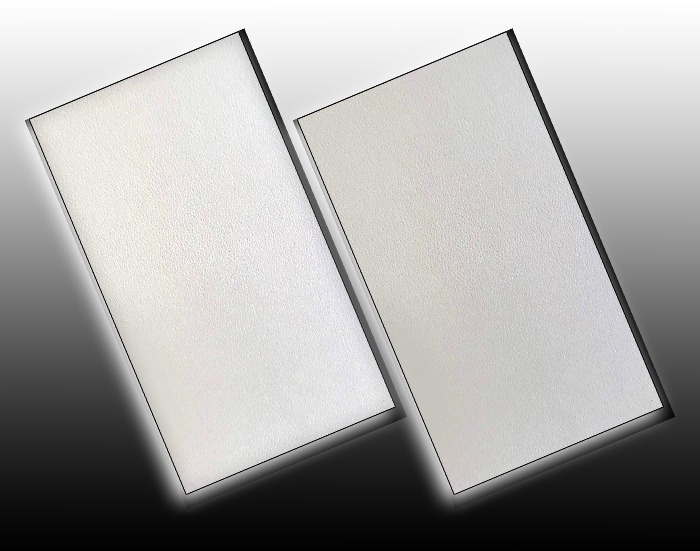



I had provided UTR my clients false ceiling work on contract basis & they promised me to deliver the work in one month & it was great to see that they kept their promise.

I was really impressed with the professional execution of my false ceiling done by Under the Roof.

I am an architect based in Orissa & I have been buying false ceiling materials like Mineral fiber tiles, PVC Laminated Gypsum Tiles etc from Under the Roof. Really pleased with the quality, delivery time & straightforward approach of the owner.”
